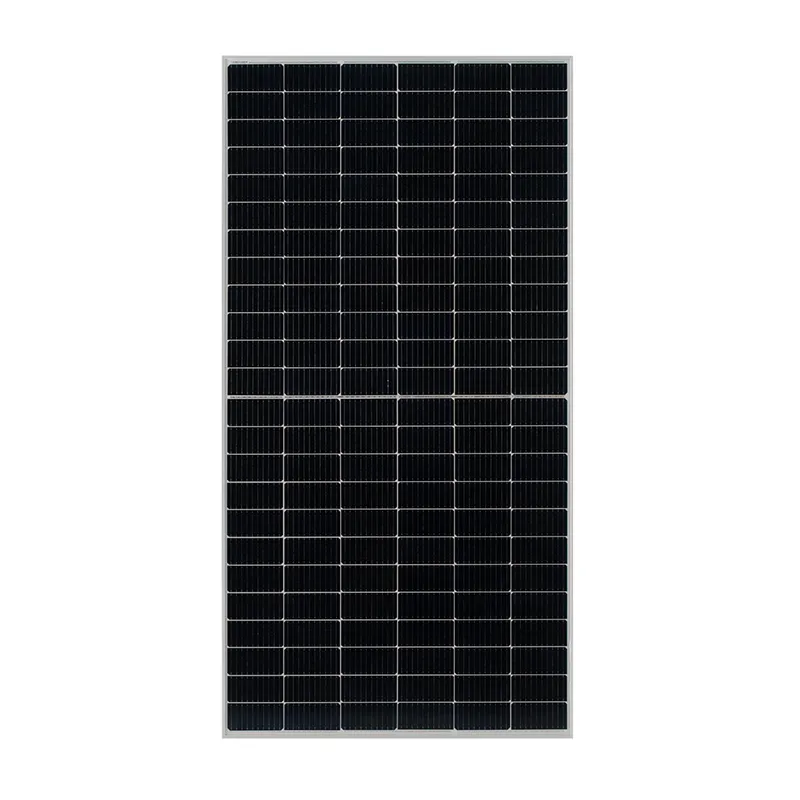Estimating the Expenses of Installing Solar Panels for Your Home
The Cost of Installing Solar Panels on Your House
In recent years, the interest in solar energy has surged, driven by rising electricity costs and a growing awareness of environmental issues. Homeowners are increasingly considering solar panels as a viable option to reduce their energy bills and contribute to a more sustainable future. However, the cost of installing solar panels is a significant factor that homeowners need to evaluate before taking the plunge.
The initial investment required for solar panel installation can vary widely based on several factors. On average, the cost of a residential solar panel system in the United States ranges from $15,000 to $30,000 before any tax credits or incentives. The specifics of the installation, such as the size of the solar system, the type of solar panels chosen, and the complexity of the installation process, all play a crucial role in determining the final price.
The Cost of Installing Solar Panels on Your House
The type of solar panels selected also impacts the overall cost. There are generally three types of solar panels monocrystalline, polycrystalline, and thin-film. Monocrystalline panels are known for their efficiency and longevity, but they are typically the most expensive option. Polycrystalline panels are a more budget-friendly choice, offering decent efficiency at a lower price point. Thin-film panels, while less common, can be a lightweight and flexible option, although they usually have lower efficiency compared to the other types.
house solar panels cost

In addition to the solar panels themselves, homeowners should consider installation costs. Hiring a reputable solar installation company is essential, as they will ensure the system is installed correctly and efficiently. Installation costs can range from a few thousand dollars to over $10,000, depending on the complexity of the roof and any additional components needed, such as inverters or battery storage systems.
Despite the upfront costs, investing in solar panels can lead to significant long-term savings. Many states offer incentives such as tax credits, rebates, and net metering, which can help offset the initial investment. The Federal Investment Tax Credit (ITC) allows homeowners to deduct a percentage of their solar system costs from their federal taxes, providing substantial financial relief.
Moreover, solar panels can increase a home’s resale value. Studies have shown that homes with solar energy systems sell for more than those without, as buyers are increasingly looking for energy-efficient features.
In conclusion, while the cost of installing solar panels may seem daunting initially, the long-term benefits, both financial and environmental, make them a worthwhile investment for many homeowners. By carefully considering the size, type, installation costs, and available incentives, homeowners can make informed decisions about transitioning to solar energy, paving the way towards a greener future.
-
Understanding the Advantages of Solar String Inverters for Your Energy SystemNewsApr.29,2025
-
Choosing the Right PV Inverter: A Comprehensive GuideNewsApr.29,2025
-
The Future of Solar Power: Exploring Bifacial Solar PanelsNewsApr.29,2025
-
The Complete Guide to Solar Panels: Efficiency, Cost, And InstallationNewsApr.29,2025
-
The Best Options for Efficiency and Cost-EffectivenessNewsApr.29,2025
-
Harnessing the Power of Off-Grid Solar Inverters for Energy IndependenceNewsApr.29,2025







